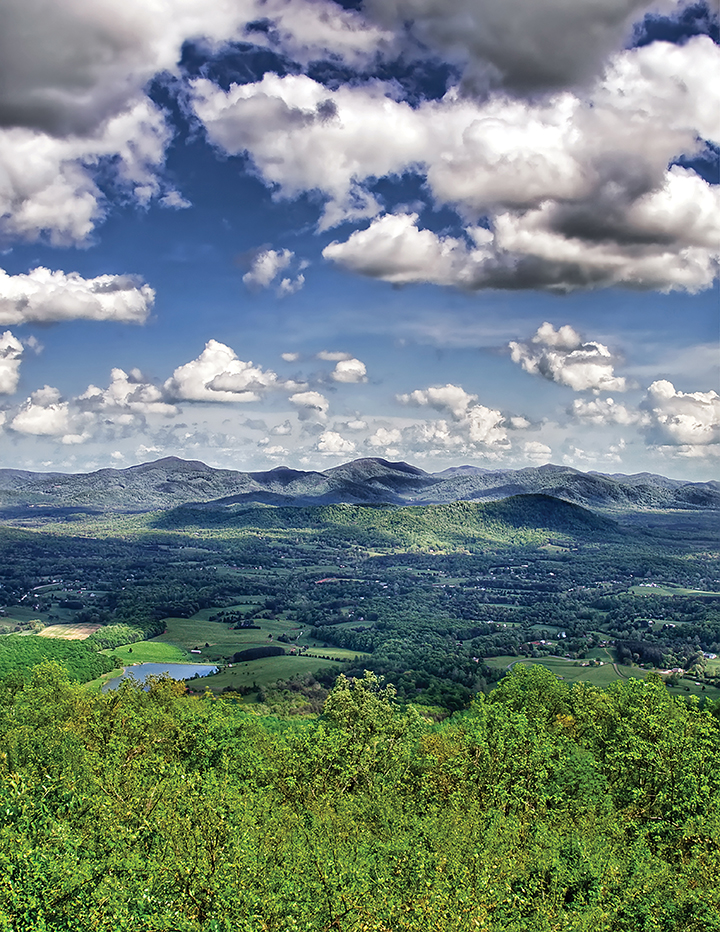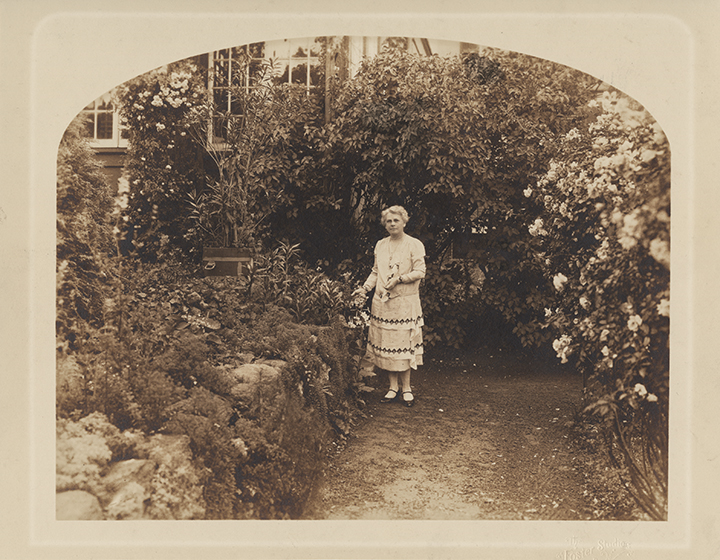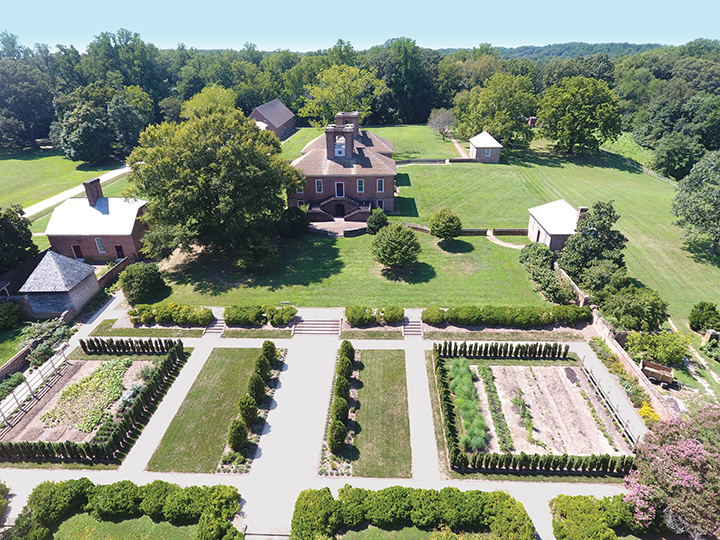The landscape of the state is enchanting and, when threatened, Garden Club members unite to educate themselves and the public to preserve all that is beautiful in Virginia. In 2020, the Virginia Museum of History & Culture (VMHC) hosted the exhibition, A Landscape Saved: The Garden Club of Virginia at 100, which explored the history of the Garden Club of Virginia (GCV) from its founding in 1920 to the present and the ways in which it has advocated and acted to save the beauty of our land.
There is no denying that the natural beauty of Virginia is enthralling. As Europeans settled on land that the indigenous people had understood for centuries, they put their signature on the topography. They developed an agricultural economy that molded the future of the state. As the colonists extended their conquest from the Tidewater to the Piedmont and beyond (remember that all land to the west was Virginia), they made adaptations for their needs and what the land required of them. Beginning in the 18th century, artists captured the beauty of Virginia. The landscape paintings featured at the VMHC reveal the variety of terrain and climate that characterizes Virginia’s five distinct physical regions: the Coastal Plain (Tidewater), the Piedmont, the Blue Ridge Mountains, the Valley, and the Appalachian Plateau.
Tobacco production, while the most valuable economic driver, took a toll on the land in 17th-century Virginia. By the 18th century, agriculture had expanded and the economy rose to depend on iron exportation, coal, and flour, moved by the rivers and then, in the 19th century, the railroad. Automobiles allowed for increased transportation and mobility in the 20th century. Goods and people could be moved more quickly. There were positive and negative consequences to this modern change.



